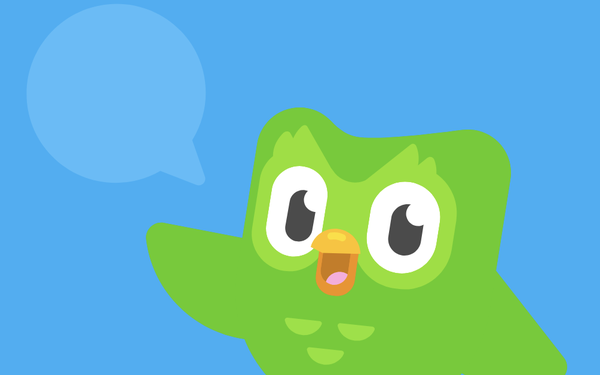
Does this sound familiar? Your
product is better. Your service is faster, your technology is cutting-edge -- and nobody cares. In 2025, every brand said the same thing in the same way with the same minimalist logo. Your brand has
been "blanded" into oblivion.
Meanwhile, Duolingo's unhinged owl has 16.8 million TikTok followers and turned language learning into a social phenomenon without spending a dollar on
traditional advertising.
Something shifted this year. And the owl isn’t the only one whooooo is giving “main character energy.” Hotels.com launched an 18-inch talking
desk bell called Bellboy. Cerave introduced us to Sarah V., its literal G.O.A.T. mascot. Cava turned a pita chip named Peter into collectible plushies that sold out in hours. And Old El Paso, after a
century without a mascot, held a TikTok casting call to find Elroy, a singing cowboy.
advertisement
advertisement
These aren't creative experiments, but strategic responses to three converging forces:
The AI
sameness crisis hit critical mass. Anyone can generate gorgeous visuals in seconds. The result? Every brand looks perfectly forgettable. Mascots signal something AI can't fake: a multiyear
strategic investment in a distinct brand asset.
The polarization minefield got deadlier. Post-Bud Light controversy, brands are paralyzed. Mascots provide personality without
political liability.
The exhaustion economy reached a breaking point. Influencer and device fatigue is real. Mascots cut through the noise by using social as a playground for
processing trends and moments, not a place for pitching products.
The data tells the story
When System1 surveyed real consumers on their reactions to every 2025 Super Bowl ad,
brand characters outperformed celebrity endorsers across consumer appeal, brand recognition, and commercial impact. Budweiser's Clydesdales placed in the top 10. Little Caesars’ animated Caesar
mascot, Pringles' Julius Pringle, and Mountain Dew's Mountain Dude all achieved exceptional "fluency scores," meaning viewers instantly matched the character to the brand.
Research from
Ipsos shows ads with brand characters perform 6x better on brand recall than ads without -- double the attention of celebrity ambassadors. Yet only 4% of top brands in the United States currently
employ mascots, per the last comprehensive study from 2018. That’s serious white space.
Consider insurance brands. Liberty Mutual's LiMu Emu and Doug dominated ad breakthrough,
messaging, and branding in a MarketCast study, while Allstate's Mayhem ranked first in likeability and memorability. Progressive's Flo excelled in message recall, while Geico’s Gecko has
maintained a 94% recognition rate and is a driving force in Geico becoming a leading U.S. insurer.
Mascots win in the age of infinite touchpoints
Gen Z spends 7.2 hours daily
across fragmented platforms, jumping between short-form video, gaming streams, and social feeds. Traditional ads interrupt. Mascots participate.
This is the strategic unlock: A mascot is the
only brand asset that seamlessly adapts across every touchpoint while maintaining consistency. Your logo has no personality. Your color palette can't respond to trending audio. But, as
Duolingo’s Duo has proven, a character can be repurposed endlessly while strengthening brand associations.
Why you want to commit to this
Creating a mascot means
playing the long game: the Michelin Man has been building value for 130 years, Tony the Tiger for 70+.
History proves it’s worth it to take the risk and commit to building something (or
someone) to personify your brand. Brands that choose to give brands the character they need are winning in an ad world in constant danger of dullness.